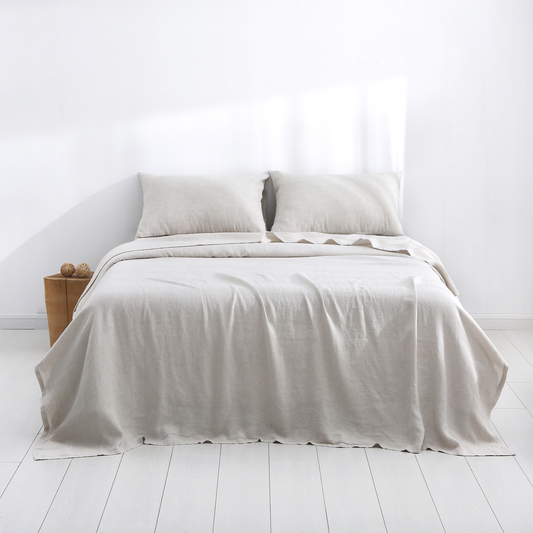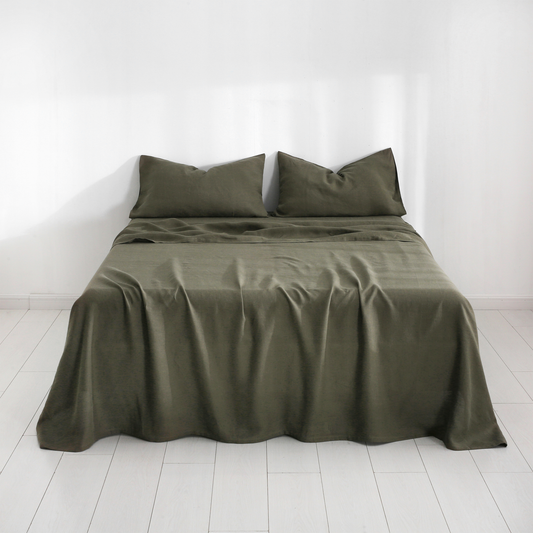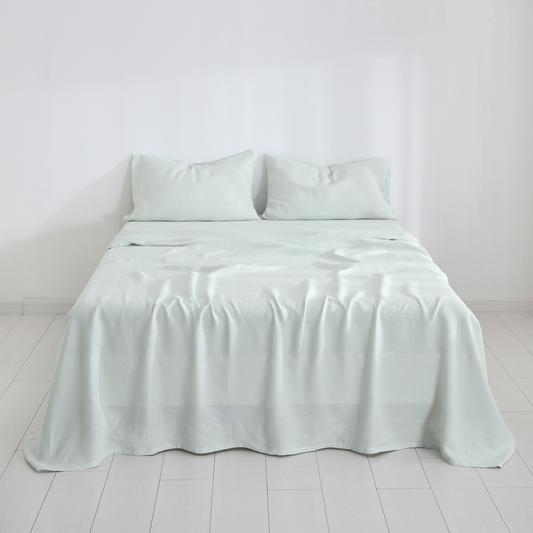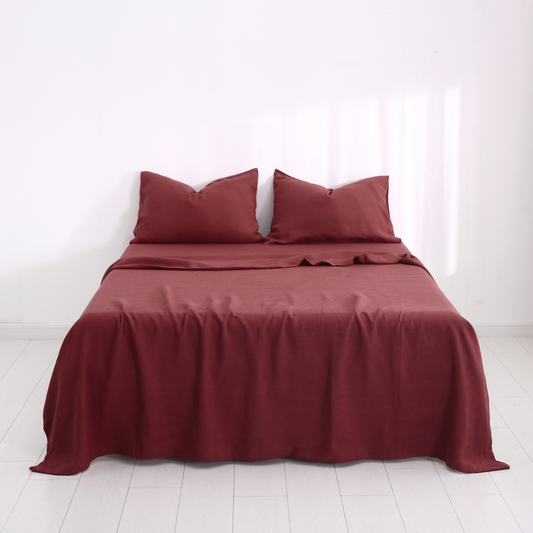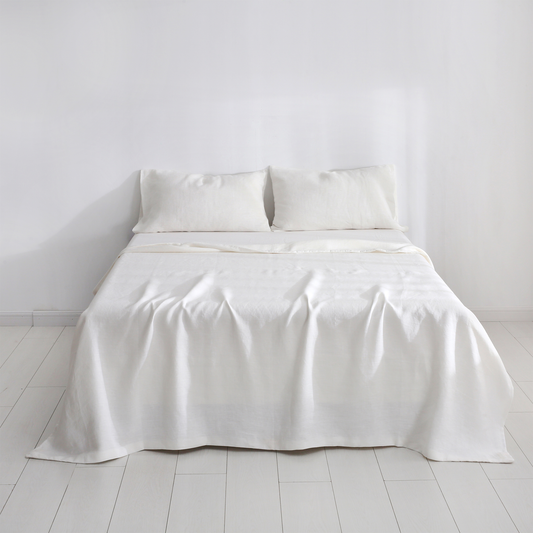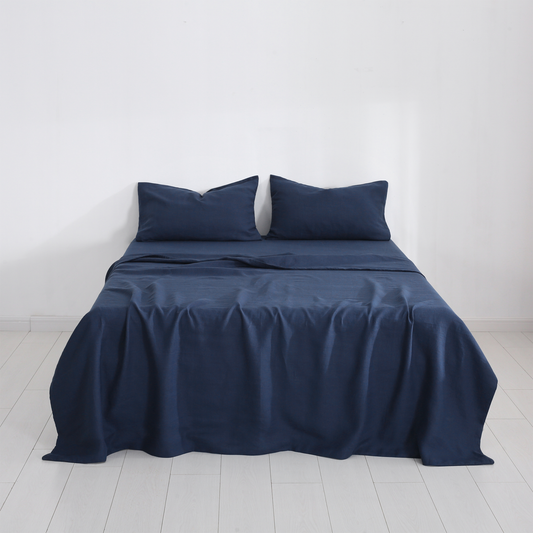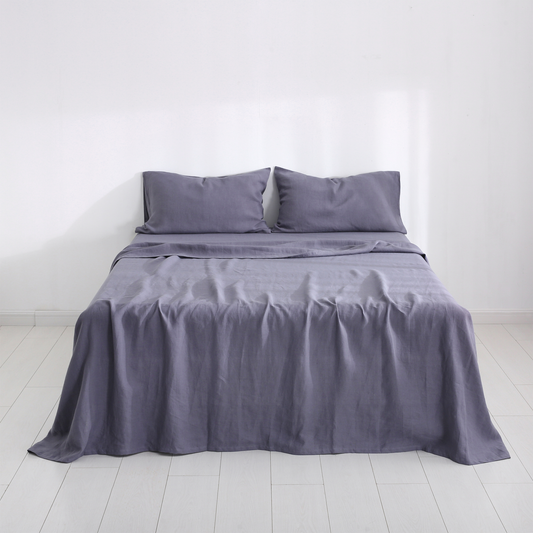Why is iceland a leading country using renewable energy.
Iceland’s mostly known to us down here in Australia for Vikings and wondrous landscapes. I believe like Tasmania its a wonderus creation from mother nature.
As we investigated they have some industrious policies for contributing to a cooler climate and greener environment. We hope that Hemp Homes and buildings become another major feather to their cap. To rival their futuristic energy sources. Read on to learn about more of iceland and their first hemp crete house.
Geothermal Energy Production:

- Iceland harnesses its abundant geothermal resources for energy production, with over 85% of its homes heated by geothermal energy. This renewable energy source powers not just homes but also provides electricity and hot water, significantly reducing reliance on fossil fuels.
Hydropower Generation:

- The country relies heavily on hydropower to generate electricity. Iceland’s numerous rivers and waterfalls are utilized to produce clean and renewable energy. Hydropower accounts for a significant portion of the nation’s electricity production, contributing to its commitment to renewable energy.
Icelands first hempcrete home.

Pioneering Hempcrete Building is a Beacon of Sustainable Construction. It also represents Local Innovation.
The world seeks eco-friendly solutions. Iceland recently reached a milestone by completing its first hempcrete building. This achievement stands as a testament to innovation and sustainability in construction. The BioBuilding embodies natural, eco-conscious design. Anna Karlsdóttir and Jan Dobrowolski are the creative minds behind Lúdika Architects. They envisioned it. Their inspiration is drawn from Japanese tea houses. This has ushered in a new era of construction practices. They integrate local materials and pioneered the use of hempcrete. They also include Icelandic seaweed in an innovative way.
This groundbreaking project is nestled in Grímsnes, South Iceland. It was conceived in response to a burgeoning opportunity. The opportunity was presented by the legalization of industrial hemp seeds. Anna and Jan envisioned not just a construction revolution. They also wanted a holistic transformation. This would include agriculture and other innovative sectors. The project received support from various grants and funds. This affirmed the collective belief in its potential to redefine construction norms.
Hempcrete a fabric for a new Future!
At its core, hempcrete represents a pivotal stride in combatting carbon emissions. The global construction industry accounts for 40% of total carbon emissions. Hemp is significant in light of this. Industrial hemp sequesters carbon at an impressive rate. Hempcrete captures carbon during drying. This makes it a carbon-negative building material. The simple composition of hemp hurds, lime, and water ensures toxin-free, insulating structures. They're resistant to mold and fire. They are also soundproof and recyclable as fertilizer at the end of their lifecycle.
The BioBuilding, a petite 15-square-meter prototype, echoes the ethos of Japanese tea houses. Craftsmanship takes precedence. They utilize local materials for foundations, structural frames, and cladding. They even integrate seaweed screens. Skilled craftsmen from Germany brought diverse perspectives to the project. This fostered enriching discussions about the future of construction.
Instruments will soon be installed for performance monitoring. The building aims to showcase hempcrete's resilience. The unique weather conditions in Iceland pose a challenge. Jan believes hempcrete has potential to revolutionize construction. This aligns with its ability to create healthier living spaces. These structures breathe with natural materials. They maintain optimal temperature and humidity levels, contributing to occupants' well-being.
However, the BioBuilding is not just a standalone achievement; it’s a catalyst for change. Lúdika envisions a paradigm shift in societal approaches to construction materials. They advocate for deeper understanding of sourcing, composition, and sustainability. Their project serves as an example. It highlights the vast potential of natural building materials available today.
Is Kelp the hemp of the Ocean?

Beyond hempcrete, the project spotlights Icelandic seaweed as a viable building component. Seaweed became the innovative material for window screens. It mimics hemp’s carbon absorption properties. It harnesses sunlight and privacy within the building.
Anna and Jan emphasize craftsmanship and local materials. They have a larger vision for sustainable construction practices. They are ambitious to reduce reliance on imported materials. This resonates deeply with the growing global movement toward circular economies. This movement favors local resources over imported ones.
In conclusion, the BioBuilding symbolizes the fusion of tradition and innovation. It also represents a beacon of hope for a more sustainable future in construction. It stands as a testament to the power of local resources and circular economies. It also shows the immense potential of eco-friendly building materials. For example, hempcrete and seaweed. Lúdika Architects are pioneering this path. They are paving the way for a more conscious, environmentally sound construction industry. They do this one small hempcrete building at a time.
This content was recreated using the article from here if you want to read more.
As you know JoDope believes hemp crete and hemp bed linen go hand in hand. Imagine one day having houses and all internal aspects derived from hemp. What a utopian dream. With your ongoing support reader, we will contribute to a healthier planet.


